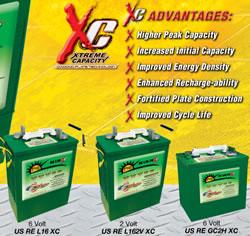Roadmap to Zero Emissions: What Will Mass EV Uptake Look Like?
Roadmap to Zero Emissions: What Will Mass EV Uptake Look Like?
U.S. Navy, KIUC, AES, and NREL Innovate and Collaborate for Resilience and Cost-Effective Clean Energy Project on Kauai
Solar Prices Continue to Rise but Build Back Better Act Will Boost Installs 31% Through 2026
Fast Tracking the Growth and Implementation of Renewable Energy
Honda Tests Prototype Autonomous Work Vehicle at Solar Construction Site with Black & Veatch
Honda Tests Prototype Autonomous Work Vehicle at Solar Construction Site with Black & Veatch
How Can the Utilities Industry Benefit from Robotics?
How Can the Utilities Industry Benefit from Robotics?
How Can the Utilities Industry Benefit from Robotics?
Waste Plastic Conversion to Lubricant Base Oils
Waste Plastic Conversion to Lubricant Base Oils
Waste Plastic Conversion to Lubricant Base Oils
Can the EV Supply Chain Scale to Meet Growing Demand?
Four Innovative Ways Solar Professionals Can Use Emerging Technology in Field Service
Records 1321 to 1335 of 39843
First | Previous | Next | Last
Featured Product

